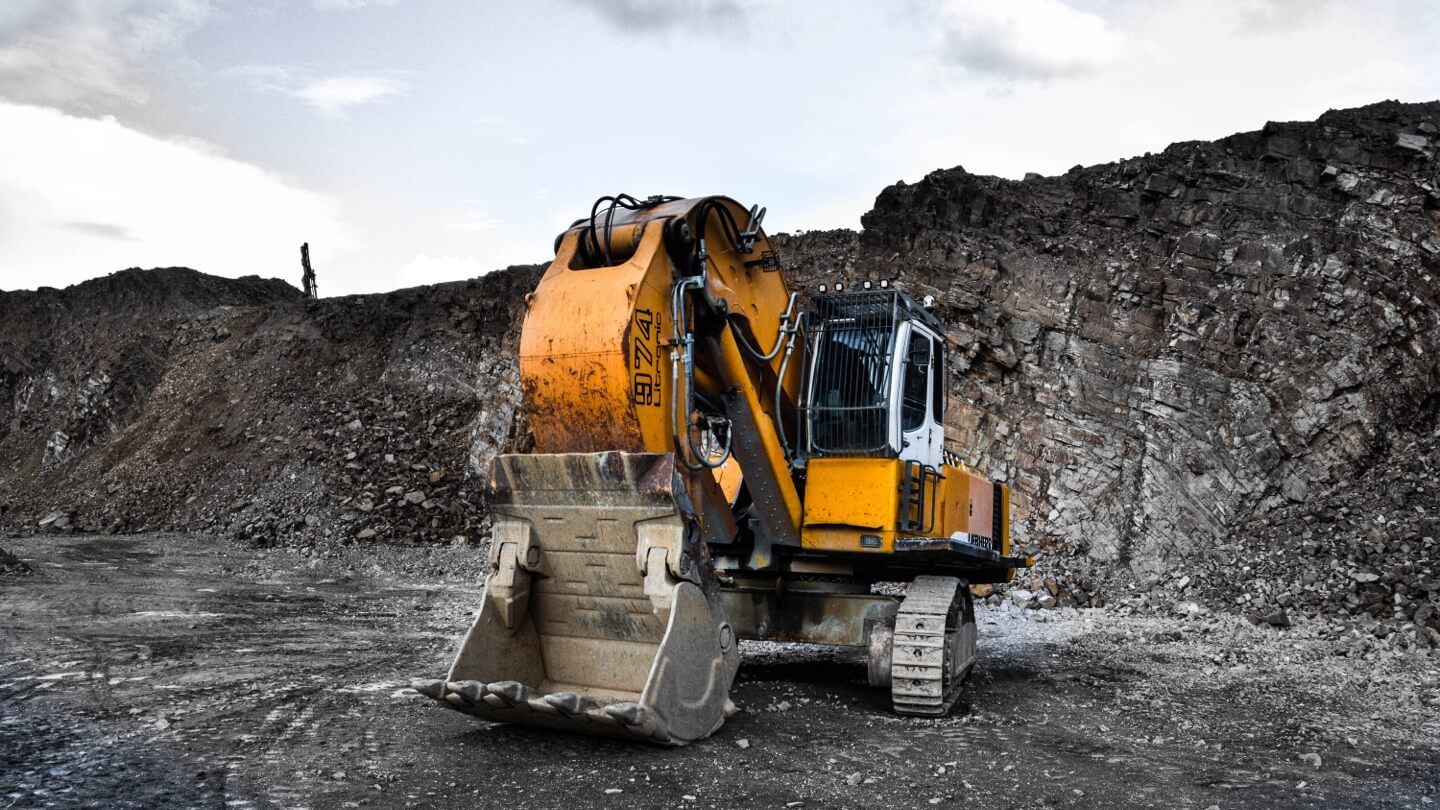The effects of erosion and sedimentation can be awful.
It can result in reduced stream capacity and flooding, as well as filling ecosystems with hazardous and dangerous materials. Suspended sediment can cause a decline in water quality, thanks to blocking sunlight, reducing photosynthesis capability, decreasing plant growth, destroying habitats, carrying pollutants, and many more.
Erosion and sedimentation has become a terrible issue in recent years, prompting a response to control the soil loss from construction sites. Construction sites are particularly at risk because it is usually the site of a large, exposed area, exposing soil and earth to the effects of storm and rain water. Regulations such as the National Pollutant Discharge Elimination System in the United States have been put into place.
Sediment Control and Protecting the Soil
Sediment control is particularly required when it comes to steep slope or large exposed areas – areas without any grass, for example, or plant life. Flat slopes and small areas of exposure still need protection, but materials are less costly when it comes to these spaces. There are two options when it comes to protecting the soil and controlling the sediment. These containment systems allow particles caught to settle out of storm and rain water runoff. Typically, these systems are hydraulic controls that slow down the water velocities, letting gravity do the work when it comes to the sedimentation of the suspended particles.
Sediment control systems are another option. These are structures or devices, or a combination of both – sediment basins, for example, sediment ponds, and sediment traps. Sediment containment structures provide the storage volume necessary to allow sedimentation and handle the incoming water. Silt fences are used where construction has disturbed or turned the soil, loosening and making it even more prone to being washed away. This can prevent the silt from running off into streets, streams, or catch basins. Catch basins are specifically placed to filter silt from run-off water, while a silt bag is a bag of non-woven geotextiles placed over a pump outlet hose, collecting silt in the bag. A synthetic fabric curtain suspended in a body of water can also be used to restrict the silt-filled runoff water from entering the ecosystem, allowing it to be collected before it is carried away.
We are not always able to retain the runoff water for construction sites, as large containment areas and volumes are often required. Evaporation and infiltration may not always be enough to drain the system before the next thunder or rain storm occurs, causing flooding problems for the site. Sediment can be controlled by temporary BMPs found on the sites in certain cases, but it is highly recommended to consult with a sediment control specialist before finalizing any construction project.
